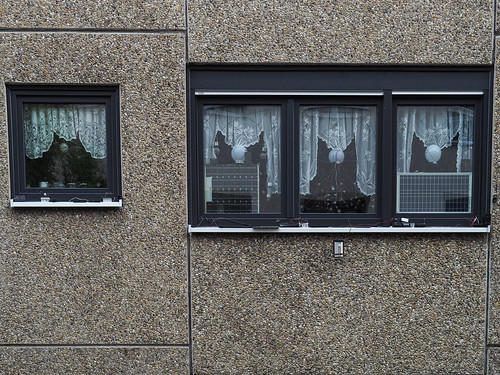l studies. by Ghil et al., 2000; expression vectors for CREMta and ICER Ic by Inada et al., 1999; the catalytic subunit of PP2BAa/calcinurin by Oliveria et al., 2003. Expression vectors for PP1 and PP2A were generated by inserting the coding region of each catalytic subunit into the pLenti M1.4-MCMV ; PP2A Ca with BamHI and ClaI, PP1a with XbaI and ClaI. The CRE site within the 1,025 bp fragment of the NeuroD promoter was mutagenized through multiple steps of PCR using Taq polymerase and finally inserted to pGL3NeuroD that was digested with NheI and XhoI. The 224 bp fragment with mCRE was inserted into Kpn1 and Nco1 site to replace the wild type CRE in pGL3-NeuroD. Pancreatic islet cells Plasmids The reporter plasmids used in this study containing the proximal promoter regions of NeuroD, including pGL3-NeuroD and pGL3-NeuroD have been described previously by Huang et al., 2000; an CREB expression vector ICER-Mediated NeuroD Repression in Hyperglycemia Insulin secretion and insulin content assay Isolated rat islets incubated under low glucose and hyperglycemic conditions for 8 days were washed in KRB washing buffer and incubated in KRB buffer containing 5 mM glucose at 37uC for 2 h. Then, 30 islets with similar sizes were stimulated with 15 mM glucose in 1 ml KRB buffer at 37uC and the KRB buffer was collected 6 h later for quantification of secreted insulin with radioimmunoassay kit. The islets were harvested and total intracellular insulin content were extracted by incubating them overnight in 1% hydrochloric acid at 4uC. After sonication and centrifugation, 200 ml of the supernatant was used for RIA to determine the intracellular insulin content and 800 ml for Bradford assay to determine the total proteins. HIT-T15 cell culture HIT-T15 cells from American Type Culture Collection were grown in DMEM with 10% FBS containing 990 mg/l or 4,500 mg/l glucose for at least two weeks. To stably overexpress PP2A Ca, HIT cells were transfected with a PP2A Ca expression vector and selected in the presence of 10 mg/ml puromycin for 2 weeks. Reporter gene assay One day prior to transfection, HIT cells PubMed ID:http://www.ncbi.nlm.nih.gov/pubmed/22189787 were plated at a density of 36105 cells per well in 6-well plates. Transfection was carried out with indicated amount of reporter plasmids and expression vectors using Lipofectamine Plus, following the manufacturer’s recommendations. The day after transfection, the medium was replaced with fresh growth medium containing 0.5% FBS, and cell growth continued for 24 h. Forty hours after transfection, forskolin was added at a final concentration of 30 mM for the indicated time-period before harvesting cells. Luciferase activity was determined with cell extracts using the DualLuciferase assay system. During transfection, the total DNA amount was kept constant by adding pcDNA3. A plasmid for Renilla LUC-thymidine kinase was used as an internal control to normalize transfection efficiency. Normalized luciferase activity was presented as a fold ratio in relation to the basal activity of the reporter gene in the absence of expression vectors or forskolin. follows: after initial denaturation at 95uC for 10 min, 40 cycles of denaturation at 95uC for 15 sec, annealing at indicated 64048-12-0 temperature for 30 sec, and extension  at 72uC for 40 sec. Following the final amplification cycle, a melting curve was acquired by one cycle of heating at 72uC for 1 min, and then increasing the temperature to 95uC at a rate of 1uC per min. The specificity of PCR reaction was ensured by s
at 72uC for 40 sec. Following the final amplification cycle, a melting curve was acquired by one cycle of heating at 72uC for 1 min, and then increasing the temperature to 95uC at a rate of 1uC per min. The specificity of PCR reaction was ensured by s
